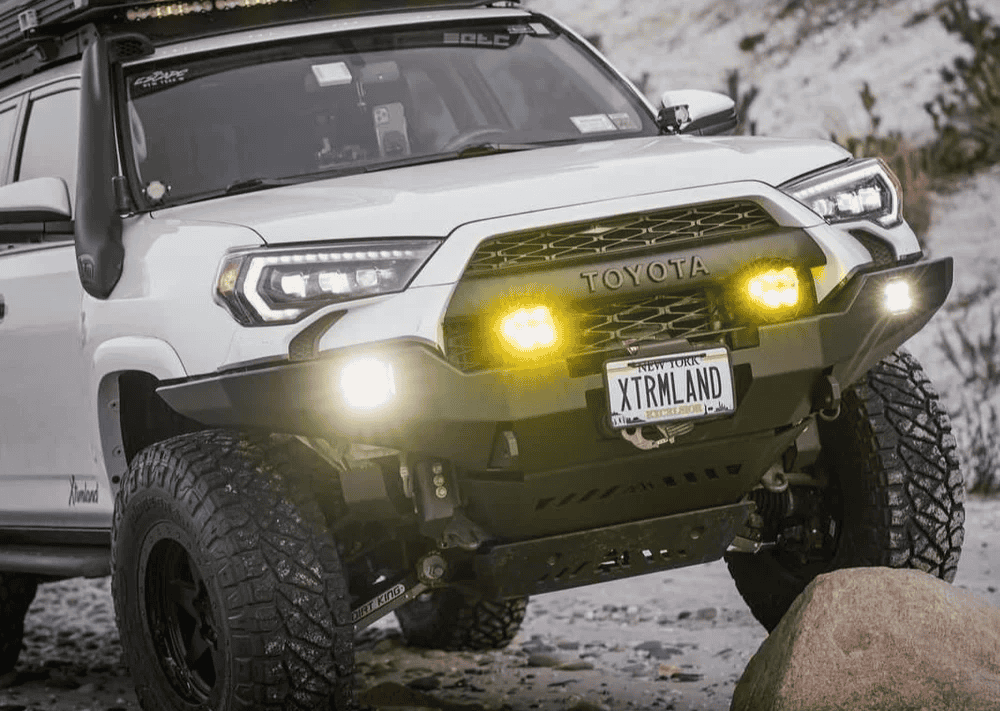Overland Vehicles

An off grid travel vehicle build is a rolling base camp designed to operate without shore power, campground hookups, or frequent resupply. You carry energy, store water, manage climate, and protect food while keeping weight, noise, and complexity in check. The best builds feel quiet and efficient, with a cabin that stays comfortable, a galley that works like a small apartment, and a chassis that handles mixed terrain without drama. Success starts with a clear use profile. How many days do you want to remain stationary, what climates do you target, and which appliances are non negotiable. Those answers steer every choice that follows.
Electric planning comes first because it silently supports everything else. Start by logging your loads for a typical day. A realistic off grid setup might include a 12 volt fridge, roof fans, heater controls, lights, a water pump, device charging, and an induction cooktop or diesel cooktop. Add up daily watt hours, then multiply by your desired days without driving. That number guides battery and charging size.
Pay attention to wiring and protection. Use correct gauge wire for the longest runs, fuse each branch near the source, and mount components with airflow and service access. Keep batteries inside the thermal envelope for best performance in cold or heat.
List each device, note watts, estimate daily hours, and sum the total. Add ten to twenty percent buffer for cloudy days and parasitic draws. That total in watt hours divided by nominal system voltage shows the amp hours you need in the bank.
Lithium iron phosphate tolerates deep cycling and fast charging. Combine roof solar for passive gains, alternator charging for daily driving, and shore input as a maintenance mode. A balanced system reduces generator reliance and keeps your cabin quiet.
Keep cable runs short, protect with appropriately rated fuses, and use proper lugs and crimp tools. Secure cables against abrasion and heat, and label everything. A tidy electrical bay is safer and easier to service.
Water planning spans storage, filtration, and waste. Interior fresh tanks stay warmer in winter and cooler in summer, while exterior tanks free floor space but need insulation and heat tracing in cold climates. Pair a two stage filter at the fill point with a fine filter at the faucet for drinking. A gray tank that drains quickly and cleanly reduces campsite mess. If you shower in the van, a fast dry wet bath and good ventilation prevent moisture buildup.
For climate control, compact diesel air heaters are efficient and sip from a shared fuel source on diesel platforms. Plan airflow with a roof fan or two set to push and pull. Insulate the shell with materials that reduce thermal bridging, then seal gaps and add window coverings. Air conditioning off grid is possible with larger battery banks and strategic use, but energy costs add up fast. Treat shade, ventilation, and night cooling as primary tools.
The vehicle itself carries the system, so look at payload, wheelbase, and powertrain first. Heavy items like batteries and water should sit low and near the axle centerline for balanced handling. Galley and storage layouts benefit from a simple triangle: cook, clean, stash. Use lightweight materials where possible, choose latches that stay shut on washboard, and design access so daily tasks do not require moving big items.
Tires with strong sidewalls and an all terrain tread add confidence on gravel or desert two tracks. Modest suspension upgrades improve load control and ride quality when the cabin is full. Recovery basics include a full size spare, jack that works with your lift points, traction boards, and a real tire repair kit. Communications such as satellite messaging keep you connected when networks fade, and navigation tools with offline maps help you scout camp spots without guesswork.
As your ambitions grow, consider platforms and layouts built for overland travel. You can browse capable platforms and ideas here: Explore overland rigs.
If you prefer a professional path from plan to handoff, a shop with real road miles and proven builds shortens the distance between concept and camp. OZK Customs designs complete custom builds and focused upfits that align power, water, and living space with your travel style. For owners who want chassis tuning, storage, and system integration tailored to off grid life, review our approach to a custom overland upfit.
A well executed off grid travel vehicle build should feel effortless at the campsite and solid on the move. If you are comparing builders, look for transparent specs, clean electrical work, and a process that starts with listening. See how we work and what clients value at Why choose OZK Customs.
Share your route, season, and must have comforts, and we will shape a system that fits your real world use. Whether you want long stays with quiet power, a winter ready heater and insulated shell, or a hauler that carries bikes and boards with room to breathe, our team builds it to perform. Start with a conversation and leave with a plan that delivers comfort, range, and confidence far from the plug.
Ready to turn plans into a capable rig built for real travel days and quiet nights off the grid. Tell us how you explore, and OZK Customs will engineer a complete custom build or focused upfit that fits your route, climate, and gear. Share your goals and get a precise plan that moves from design to delivery without guesswork.
ADDRESS:
6159 E Huntsville Rd, Fayetteville, AR 72701
PHONE:
(479) 326-9200
EMAIL:
info@ozkvans.com